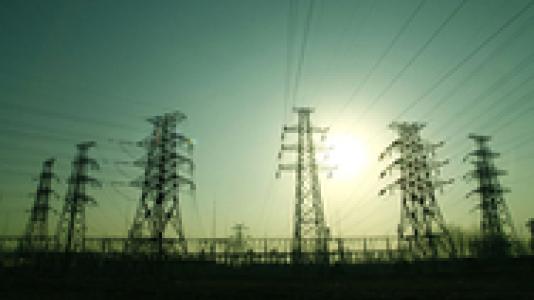
The smart grid must be more flexible and resilient than today’s electric grid. It should integrate diverse generation and storage options, enable optimized pricing and scheduling, and provide the dynamic power needed in the 21st century. Arguably, improvements in technology will enable some of the envisioned capabilities. Many capabilities, however – including analyzing large-scale data flows in real time and controlling systems that are multiscale in both time and space – require new mathematical research.
As an initial step toward this goal, in 2015 DOE commissioned the National Academies of Sciences, Engineering, and Medicine to identify critical areas of mathematical and computational research that must be addressed for the next-generation electric power grid. A committee was formed comprising 15 experts in power systems and computational mathematics who met five times and hosted a workshop to gain outside perspectives. The results have now been published in a report titled Analytic Research Foundations for the Next-Generation Electric Power Grid.
“Many people may assume that with the next-generation supercomputers, existing analytical and computational tools will be able to achieve what is needed for the smart grid,” said Mihai Anitescu, a senior computational mathematician in Argonne’s Mathematics and Computer Science Division and both a content provider and reviewer for the report. “In fact, however, a whole new set of mathematical challenges arise – from predicting and mitigating damaging events to modeling the uncertainties associated with dynamic power system behavior.”
The new report, published by the National Academies Press, includes an extensive review of existing analytic methods and tools and several chapters on mathematical research areas critical for the electric grid. Five case studies also are presented to illustrate real-world problems: for example, the use of optimization tools in wholesale electricity market operations and the prediction of failures in underground power distribution networks.
Besides identifying these key areas of research, DOE was also concerned with ways of building the necessary research community – a community including the disciplines of engineering, mathematics, statistics, operations research, computer science, and economics. The new report provides examples of such efforts both within the energy power market and in other disciplines.
Also included in the report are recommendations in four areas: data availability, modeling capabilities, improved algorithms, and the organizational structure needed to integrate improvements in these areas and to make them accessible to a large community of researchers.
Analytic Research Foundations for the Next-Generation Electric Grid is available in paperback. For further information, see the web.